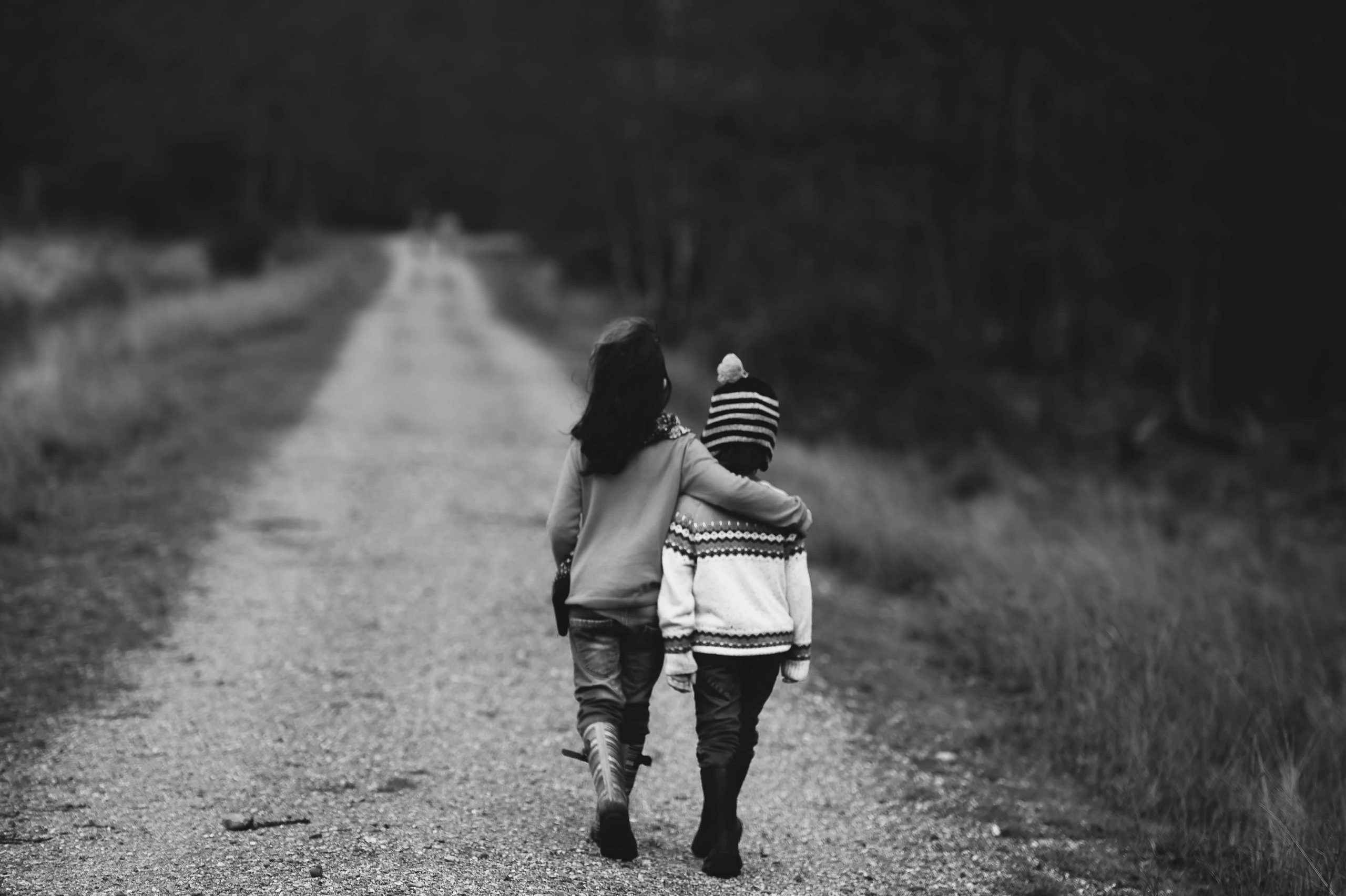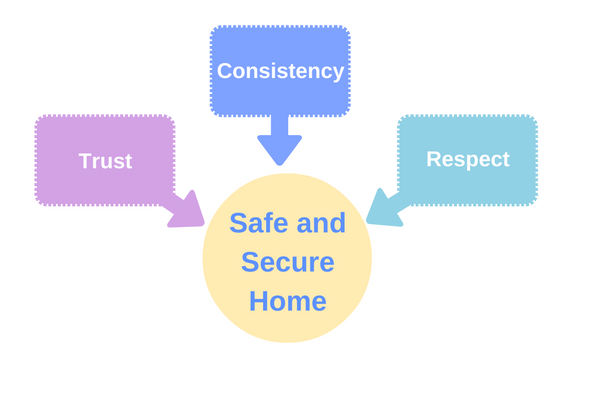
29 Sep PreK Experts Corner: What experts say about teaching empathy
Does your child show empathy for others?
Empathy is the ability to understand and share another person’s feelings. It’s what we call, “standing in another person’s shoes.” It’s a powerful skill, and developing empathy in young children can prevent bullying behavior, build positive relationships with others, and even lead to better communities.
Are children born with this ability to empathize with others?
Or, is it something that they learn? Researchers have debated this issue for decades, and they’re still studying how empathy develops in young children—and how early it can develop.
One 2014 study, published by two Stanford psychologists in the Proceedings of the National Academy of Sciences, suggests that empathetic behavior in children depends more on relationships with others than on instinct.
In the study, toddlers in two different groups engaged in a play activity with an adult they didn’t know. In the first group, the adult rolled a ball back and forth with the child, known as “reciprocal play.” In the second group, the adult and toddler played ball next to each other, known as “parallel play.” After a few minutes, the adult in both groups knocked an object off of a table. The children in the first group—in which brief relationships were formed through reciprocal play—were three times more likely to help the adult pick up the object.
So, can any type of relationship help to build empathy in children?
Not quite.
Rodolfo Cortes Barragan, one of the researchers in the Stanford study, said that the children in the first group felt some trust in the adult after the brief one-on-one playtime.
These feelings of trust and safety in relationships are necessary in order to build empathy in children.
What can you do, then, to build empathy in your child?
Here are 7 guiding rules for building empathy in your child:
- Provide a safe, secure, and predictable home environment. Your child should feel that:
- He can trust you. You are honest and stick to your word. You behave the way you want him to behave. If you want him to share with others, then you should share with others too.
- He can expect to follow the same rules and routines. Be consistent. Don’t constantly change rules and routines.
- He can expect to be treated with respect and love. You listen to him and pay attention to his needs. You understand his feelings and accept him for who he is. When setting limits, you don’t label him. You focus on his choices—both good and bad ones.

- Model empathy in your own life. Young children learn many social behaviors by observing others. Here are some ways to model empathy:
- Share your feelings about certain situations—whether with friends, family members, or characters in a book or movie—with your child. For example: “He looks so sad, and that makes me sad too. I’d like to help him.”
- Let your child see you helping others around you. For example, take your child with you to deliver food to a friend, or help her pick flowers to take to a neighbor. Explain why you’re helping the person, such as, “I know Mrs. Poynter is sad because her dog ran away. Let’s take her some flowers to make her feel better.”
- Show concern for other children in your child’s preschool, prekindergarten program, or playgroup. For example: “I know Will is having a hard time because he misses his mom. How can we help him feel better?”
- Use empathy when setting limits for your child. If your child hurts a sibling or friend, be sure to talk about how the other person feels. For example: “I think Sarah felt sad when you hit her.” Show empathy to your child as well. For example: “I’m sorry you’re feeling sad/upset. Helping Sarah feel better will make you feel better, too.”
- Recognize when your child shows empathy and praise him for it. For example: “I saw how you helped Ben when he was crying. Did you feel sad for him? I’m so proud of you for being kind to Ben!”
- Help your child control his own emotions. Strong, uncontrolled emotions such as fear and anger can “block” the ability to empathize with others. Guide him to calm himself when he’s angry or upset.
- Provide opportunities for your child to practice empathy. You can do this in a playgroup, at the park, or with siblings at home. For example, if your child’s friend is upset because she can’t find a toy, don’t step in right away to help her. Instead, wait and see if your child will attempt to help her. If he doesn’t, then show your child how to help his friend.
- Read books about empathy and feelings with your child to spark discussions. Here are some of the best books that we’ve found:
- Last Stop on Market Street by Matt de la Peña. This award-winning book follows a boy and his grandma through a busy bus ride across town. Discussions between the boy and his grandma show children how to be thankful and giving to others.
- Tough Guys (Have Feelings Too) by Keith Negley. Boys need to talk about feelings, too, and this book does just that. The bold illustrations will fascinate young children.
- The Nice Book by David Ezra Stein. Animals give fun examples of how to be kind to one another in this book by the award-winning author David Ezra Stein.
- Hey, Little Ant by Phillip M. Hoose and Hannah Hoose. A boy thinks twice about stepping on an ant when the ant starts talking. Encourages children to think about another’s point of view.
- Good News Bad News by Jeff Mack. Using just the words in the title, Jeff Mack shows how two friends help each other deal with unexpected events.
- All Better! by Henning Lohein. Preschoolers will love putting bandages on the hurt animals in this board book and saying “All better!” It comes with five reusable magnetic bandages that they can stick anywhere in the book.
- Enemy Pie by Derek Munson. Two boys who are enemies end up as friends in this delightful book.
- The Lion and the Mouse by Jerry Pinkney. Through beautiful illustrations, this wordless book shows the classic Aesop fable of the mouse who frees the lion.
- How Kind! by Mary Murphy. Kindness is contagious! This is the message of this book that features bright illustrations of different animals.
- Those Shoes by Maribeth Boelts. Jeremy wants the shoes that everyone else is wearing at school. But he soon learns that someone else needs them more than he does.
- A Sick Day for Amos McGee by Philip C. Stead. Amos McGee helps all of his animal friends at the zoo. But when he gets sick, his zoo friends want to help Amos! Children will love the setting and the beautiful illustrations.
- Chrysanthemum by Kevin Henkes. Henkes, author of Lilly’s Purple Plastic Purse, shows children how it feels to be teased in this adorable picture book.
Dilly’s Tree House family engagement program also includes activities to teach social and emotional skills to children, including empathy. LEARN MORE.
For more information on how to teach empathy, check out these resources straight from the experts:
- “Stanford psychologists show that altruism is not simply innate.” Carey, Bjorn. Stanford Report, December 18, 2014.
- “How Parents Can Cultivate Empathy in Children.” Weissbourd, Richard, and Stephanie Jones. Making Caring Common Project, Harvard Graduate School of Education.
- “Is Empathy Learned—or Are We Born with It?” Divecha, Diana, Ph.D. Developmental Science, December 2, 2012.
- “The Visible Empathy of Infants and Toddlers.” Quann, Valerie, and Carol Anne Wien. Beyond the Journal, Young Children on the Web, July 2006.
Do you have your own tips for building empathy in children? Please share them in the Comments section below! We’d love to hear them.

12 tips to teach gratitude to a preschooler
Posted at 09:49h, 22 November[…] Gratitude also leads to less aggression, according to a 2011 study at the University of Kentucky. This is because of gratitude’s link with empathy. People who are able to empathize with others naturally show less aggression. For ideas on how to teach your child empathy, check out our post on empathy. […]